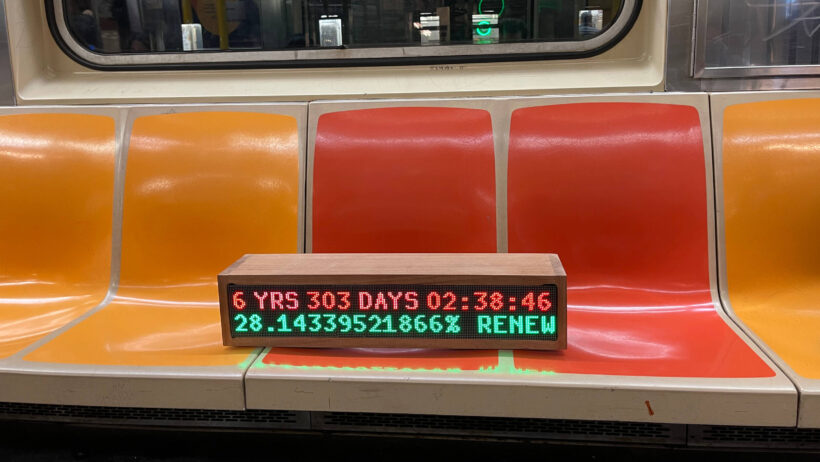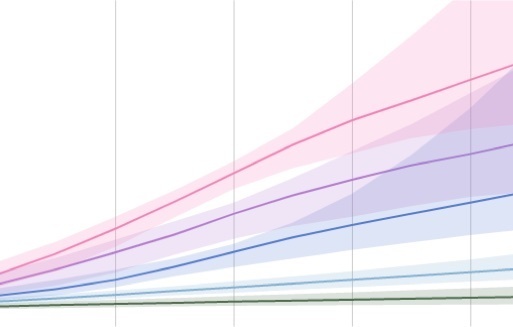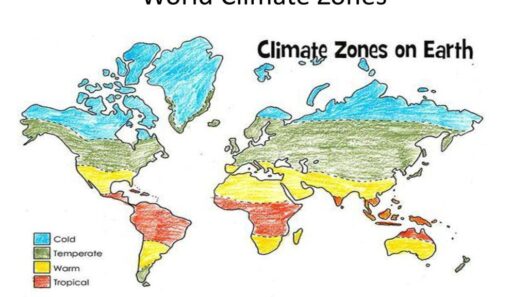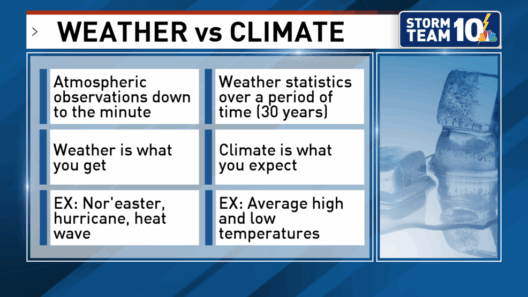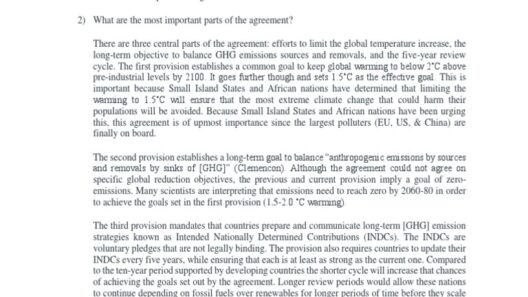As awareness of climate change has surged over the past few decades, a formidable representation of this urgency has emerged—the Climate Clock. It serves not just as a mere indicator of the time we have left to avert catastrophic climate change, but also as an artistic emblem, an audacious visual reminder compelling us to reckon with our collective responsibility. At its core, the Climate Clock encapsulates the grim reality of our environmental epoch: the impact of human activity on the planet’s climate system, and the narrow window to rectify our trajectory.
The Climate Clock, first unveiled in 2020, emphasizes a critical statistic: we have until a certain year to combat and mitigate the consequences of climate change effectively. As of now, simulations and scientific consensus assert that the requisite reductions in carbon emissions must occur immediately to prevent the worst outcomes, with scientists suggesting a threshold of 1.5 degrees Celsius as a pivotal limit. Crossing this threshold could unleash irreversible and devastating effects on ecosystems, global weather patterns, and human communities. Therefore, the intricate blend of artistry and scientific urgency carves a visceral awareness among onlookers and policy-makers alike.
The urgency encapsulated by the Climate Clock beckons not just alarm but fosters a profound curiosity about the philosophical and aesthetic numbers behind it. What does time mean in this context? How do we translate abstract notions of urgency into tangible action? Our appreciation for the clock’s aesthetic appeal prompts introspection about the immediacy and gravitas of climate action, sparking conversations around responsibility, accountability, and hope for a sustainable future.
The aesthetics of the Climate Clock texture its message with a beautiful yet chilling juxtaposition. Set against urban landscapes, the clock’s bold numerals prominently display the remaining time, which tumbles on by. This stark contrast enhances its visibility and provokes a resonant response from the public. The vibrant backdrop—a digital display, often urban in its execution—serves as a canvas for not only the countdown but a broader dialogue about our environmental ethos and what we value as a society.
In the art of conveying urgency, the Climate Clock does more than inform; it invites a re-evaluation of priorities. It forces a confrontation with the dire realities we face. Each tick of the clock echoes with a poignant reminder that time is a non-renewable resource in our fight against climate change. This relationship between time and environmental action makes it a crucial talking point within that broader narrative, illuminating the pathways we must navigate to create a sustainable existence.
The clock’s premise extends beyond mere awareness—it’s a radical call for action. In light of its underlying mathematical structure, we find ourselves in a race against a ticking clock, with every passing second translating to greater urgency. Societal engagement requires a rekindling of the fire of activism, not only to provoke change at the individual level but also to galvanize corporate and governmental bodies in drastically altering their operations and policies. To facilitate this dialogue, we must embrace innovative solutions that interface with technological advancements, promoting renewable energy, sustainable agriculture, and circular economies.
To grasp the significance of the Climate Clock fully, one must delve into the science backing its inception. The calculations informing its countdown hinge on climate models that project future pathways based on current trends in greenhouse gas emissions. These models synthesize data from myriad sources, depicting complex interactions between human activities and natural systems. Thus, each number on the clock represents a compilation of potentially catastrophic scenarios should we fail to act swiftly and decisively.
While it is easy to succumb to pessimism amidst the daunting data, the Climate Clock also embodies a reservoir of hope, persistence, and social mobilization. The chronology on display actively encourages us to forge connections with grassroots movements, demonstrating how collective efforts can swell across cities and nations. This synergy becomes paramount, threading communities together toward a goal greater than individual aspirations.
Efforts to combat climate change cannot solely rely on numbers and stylized displays. The Climate Clock fuels the assessment of one’s lifestyle choices and their broader implications on environmental sustainability. Whether through adopting greener household practices, advocating for responsible consumerism, or supporting legislation targeting climate resilience, every action accumulates. These actions coalesce, creating ripples of influence across communities and, ultimately, rippling through global society. This level of engagement, spurred by awareness, transforms abstract concepts into palpable justice.
The Climate Clock serves as an ongoing reminder that participation in sustainability efforts transcends individual actions; it requires communal and corporate buy-in. Organizations and institutions can observe the clock as a rallying cry—an impetus for adopting more sustainable practices and policies. As they evolve, dialogue around climate literacy accelerates, transforming our relationship with the environment and each other.
In the intricate dance of human endeavor and nature’s sensibilities, every second counts. Time hurries forward as inexorably as the digits on the Climate Clock; it invites empathy and action from every stratum of society. As climate activists, scientists, artists, and ordinary citizens converge to foster a sustainable planet, embracing the lesson encapsulated in the clock is crucial. The formidable question is not simply how much time is left but, crucially, what will we do with that time?



